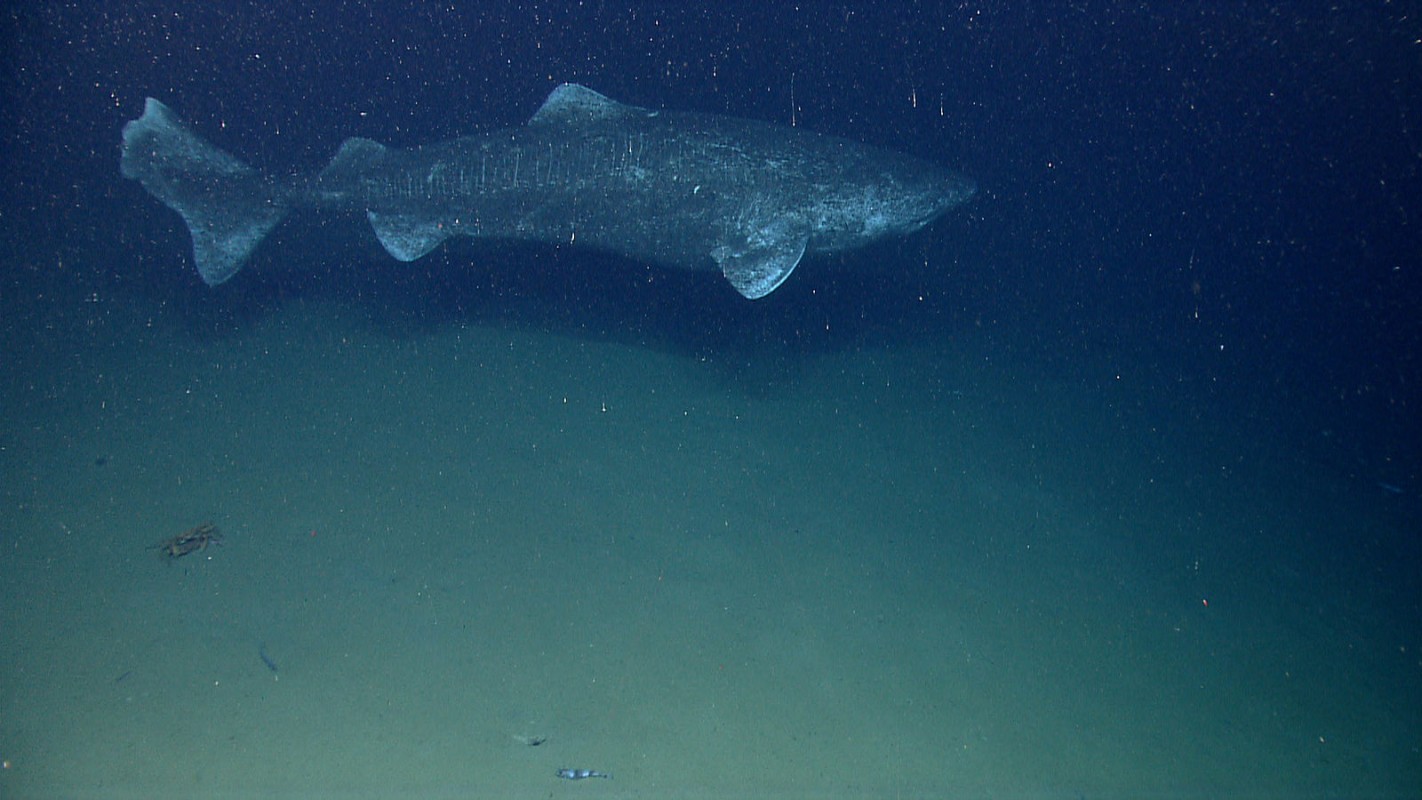38th Annual Meeting of NAFO
NGOs express their concerns and views on policy options for safeguarding vulnerable elasmobranchs of the Northwest Atlantic.


Position Statement, 19 September 2016, Varadero, Cuba: Our organizations appreciate the opportunity to contribute to the Northwest Atlantic Fisheries Organization (NAFO) deliberations, and to express our views on policy options for safeguarding vulnerable elasmobranchs (sharks and skates, in particular) of the Northwest Atlantic. We maintain a focus on these species due in large part to the low reproductive capacity that leaves so many of them exceptionally susceptible to overexploitation. While elasmobranchs clearly warrant a particularly precautionary approach, they continue to be taken in NAFO fisheries without benefit of science-based catch limits or best practices.
Accordingly, we are hopeful that this year’s NAFO meeting will result in:
- Improved data reporting requirements with respect to shark bycatch;
- A prohibition on retention of deepsea sharks, particularly the Greenland shark;
- A skate total allowable catch set at no more than the level advised by scientists; and
- A stronger ban on shark finning (through a prohibition on at-sea fin removal).
Given the important roles that elasmobranchs play in marine food webs, such actions also serve to support the application of an ecosystem approach as required in the amended NAFO Convention and Article 5 of the United Nations Fish Stocks Agreement.
Protection for Deepsea Sharks
Deepsea sharks are exceptionally slow-growing and therefore susceptible to overexploitation; around the world, there are numerous examples of serious population depletion from overfishing. Deepsea sharks of various sizes are taken as bycatch in NAFO fisheries, yet data on catches and discards are lacking. Last month, scientists estimated that Greenland sharks (Somniosus microcephalus) mature at 150 years of age and may live nearly 400 years , leading to widespread conservation concern.
We urge precautionary prohibitions on retention of deepsea sharks, particularly the incredibly long-lived Greenland shark, along with better reporting requirements with respect to incidental catches.
A Science-Based Skate TAC
We remain seriously concerned about the status and management of thorny skate (Amblyraja radiata). This species has been classified by the International Union for Conservation of Nature (IUCN) as Vulnerable globally and Critically Endangered off the US east coast. We are disappointed that NAFO Parties repeatedly fail to heed scientific advice for the skate Total Allowable Catch (TAC).
The NAFO Scientific Council has demonstrated that:
- Thorny skates have low resilience to fishing pressure due to low population growth rates;
- The Division 3LNO thorny skate population remains low and has shown little improvement under the NAFO management regime; and
- The 2017 skate catches should not exceed 4,700t (Div. 3LNO) to improve chances for recovery.
Setting the world’s first international elasmobranch TAC was a major accomplishment for NAFO more than a decade ago. We appreciate that recent skate catches have not exceeded scientifically advised levels, and that a footnote commits Parties to action if landings exceed 5,000t. We submit, however, that pledges to revisit measures after sustainable catch levels have been exceeded represent an unacceptably risk-prone approach, which is particularly problematic when applied to such a biologically vulnerable animal. As with other commercially valuable species, TACs should align with scientific advice in order to reflect responsible fisheries management, and to ensure long-stalled rebuilding of the thorny skate population.
We urge Parties to set the 2017 NAFO Skate TAC at ≤ 4,700t, in line with scientific advice.
An Enforceable Shark Finning Ban
We are pleased that several NAFO Parties have been working toward strengthening bans on shark finning (slicing off a shark’s fins and discarding the body at sea) at Regional Fishery Management Organizations (RFMOs) around the world. The proposed prohibition on at-sea removal of shark fins represents the best practice for finning ban enforcement and can facilitate the collection of species-specific catch data needed for assessment and management. Adoption of this proposal by NAFO would significantly strengthen this region’s only current international safeguard for sharks, and would underscore the strong precedent set in 2014 by the North East Atlantic Fisheries Organization.
We urge NAFO Parties to adopt a ban on at-sea removal of shark fins, without exception.
1) J. Nielsen, R. B. Hedeholm, J. Heinemeier, P. G. Bushnell, J. S. Christiansen, J. Olsen, C. B. Ramsey, R. W. Brill, M. Simon, K. F. Steffensen, J. F. Steffensen. Eye lens radiocarbon reveals centuries of longevity in the Greenland shark (Somniosus microcephalus). Science, 2016; 353 (6300): 702 DOI: 10.1126/science.aaf1703



